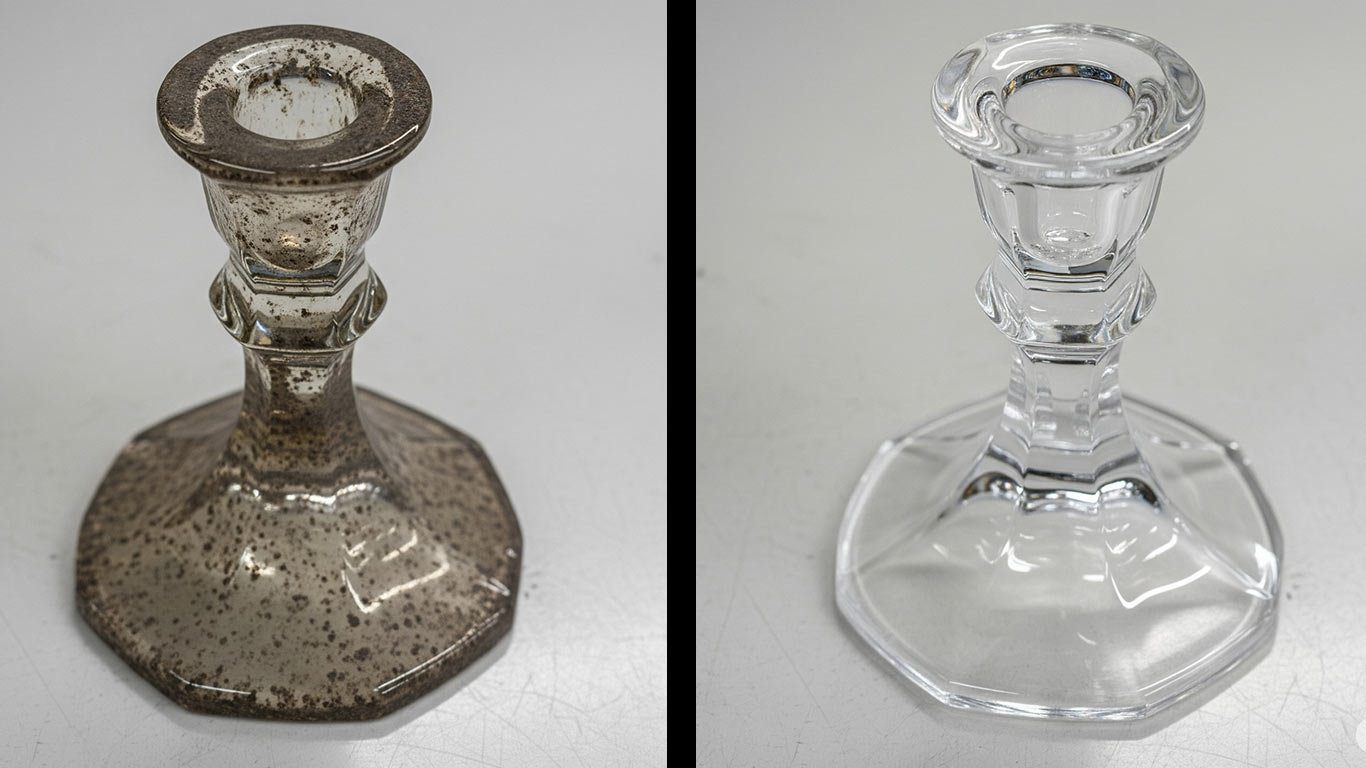
FDA
FDA 21 CFR 1040.10 - Laser Product Performance Standards



When preserving lead crystal in cultural heritage pieces through laser cleaning, we've found its exceptional density and clarity set it apart from ordinary glass by holding shape under targeted heat, so you end up with that signature sparkle intact—but watch for lead leaching if exposure lingers too long.
We've observed the contaminated surface at 1000x magnification. It looks rough with thick layers of grime and scattered particles. These buildups obscure the underlying texture completely.
After laser treatment, we've seen a dramatic change in the surface. It now appears smooth and free of any residues. The clean lead crystal shows its natural clarity and even features.

FDA 21 CFR 1040.10 - Laser Product Performance Standards

ANSI Z136.1 - Safe Use of Lasers

IEC 60825 - Safety of Laser Products

OSHA 29 CFR 1926.95 - Personal Protective Equipment